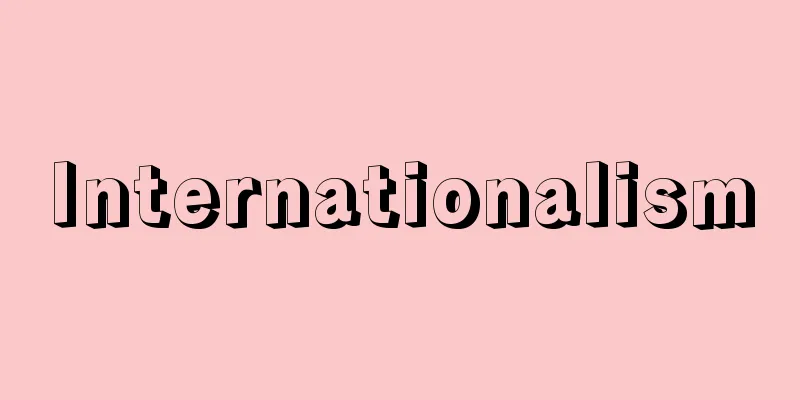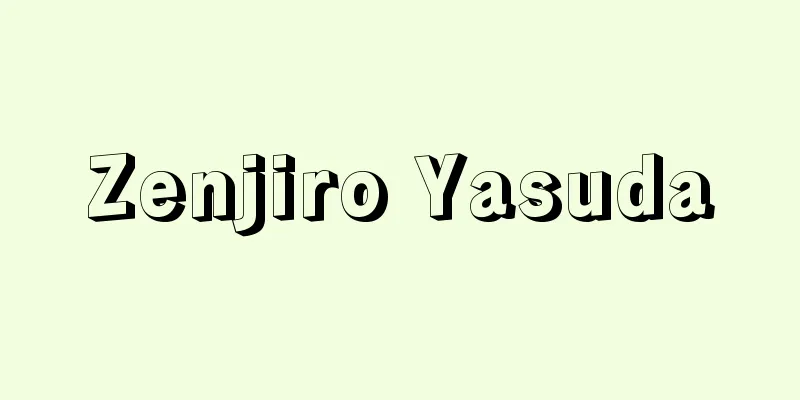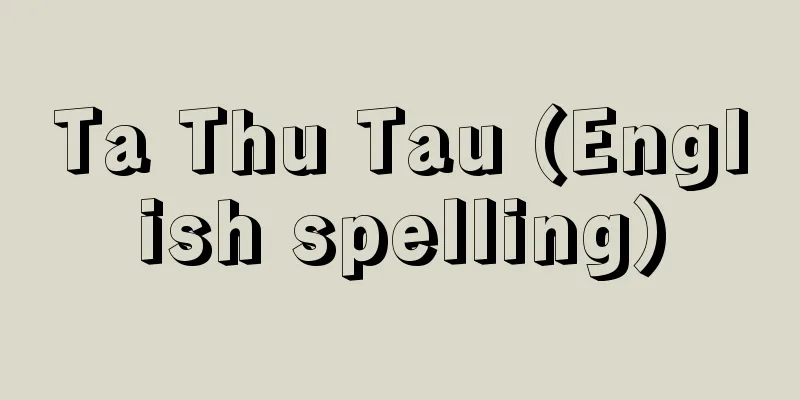Industrial Art

|
... However, while crafts were considered industrial products, this was only a concept and there was no real difference between them and fine arts as long as they were made by hand or with simple machines. However, with the advent of full-scale machines after the Industrial Revolution, crafts differentiated into traditional handicrafts and industrial art. New designs were created that were suited to the unique characteristics of machine production. ... *Some of the terminology that refers to "industrial art" is listed below. Source | Heibonsha World Encyclopedia 2nd Edition | Information |
|
… ところで,工芸を工業的産物とみなすといっても,手や簡単な機械によってつくられていたうちは,それは観念上のことでしかなく,美術との間に実質的な違いはなかった。しかし産業革命後の本格的な機械の登場は,工芸を昔ながらのハンディクラフトhandicraft(手工芸)とインダストリアル・アートindustrial art(産業芸術)とに分化させた。機械生産固有の性質に適合するデザインが新たに生み出されたのである。… ※「インダストリアル・アート」について言及している用語解説の一部を掲載しています。 出典|株式会社平凡社世界大百科事典 第2版について | 情報 |
Recommend
Creation - Kaibyaku
〘Noun〙 (Older name was "kaihyaku". Both ...
Caetano, MJdas N. (English spelling) CaetanoMJdasN
…Official name: Portuguese RepublicRepública Port...
toluol(e) (English spelling) toluol
…One of the aromatic hydrocarbons. It is also cal...
Asia - Asia (English spelling)
Overview The origin of the name Asia is said to b...
Korea Shokusan Bank
A special bank established in 1918 by decree of th...
Uganda - Uganda (English spelling)
A landlocked country in eastern Africa. Its offic...
Yubara [town] - Yubara
An old town in Maniwa District, northern Okayama P...
Renewal - Renewal
A contract that extinguishes an old debt by estab...
Ushnishya - Ushnishya
...Their shapes, materials, sizes, and colors var...
Ukiko - Ukiko
→ Itome Source : Heibonsha Encyclopedia About MyPe...
Crna Gora (English spelling) CrnaGora
…the republic is located in the southwest of the ...
Pyloric stenosis
A general term for a condition in which the lumen...
rumen
…Rumination is the process of regurgitating the c...
Freckles
Also known as sparrow's egg spots or summer sp...
Unreleased - Mihatsu
〘noun〙① Something that has not happened yet. Somet...









